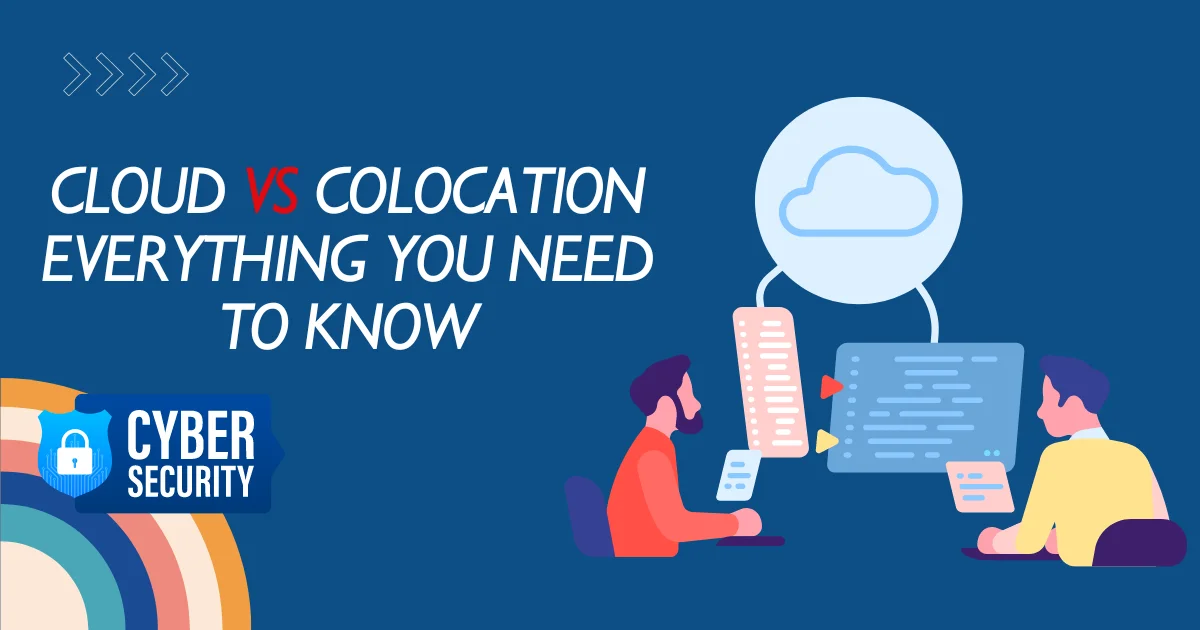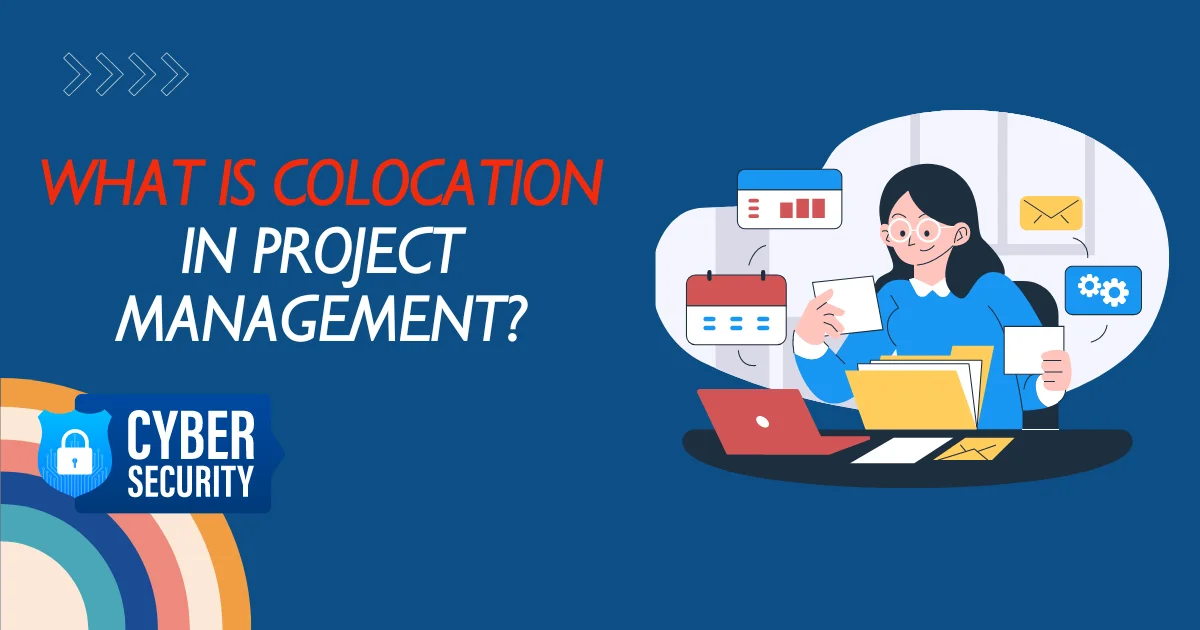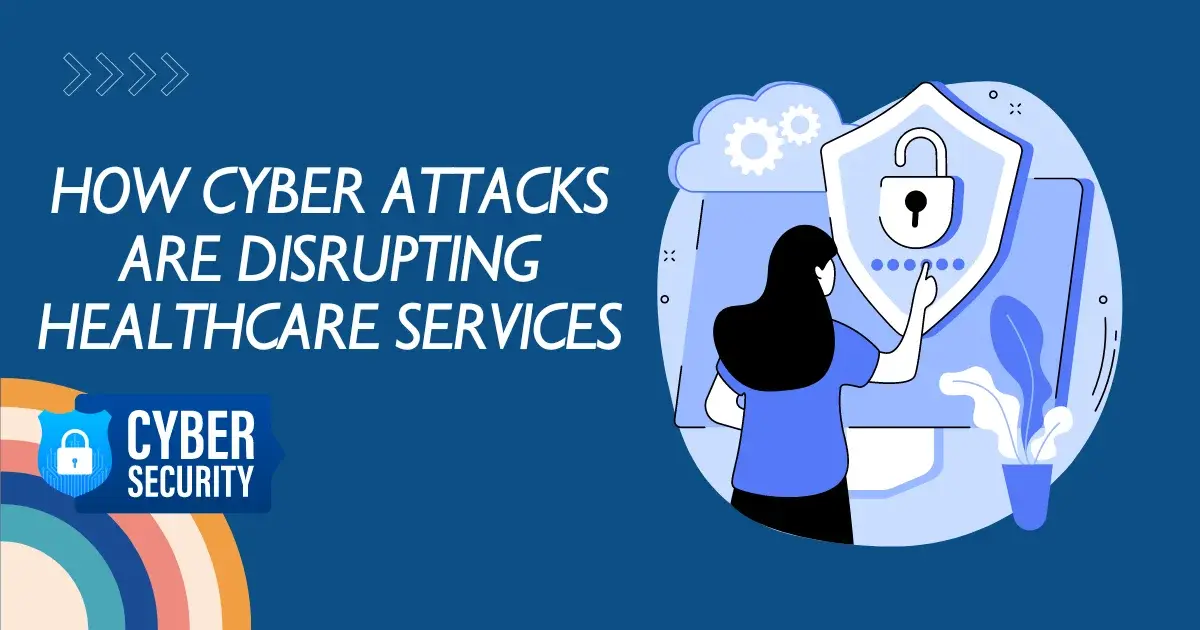Securing Your Company's Information: A Guide to Data Safeguarding
Table of Contents
ToggleIn today’s digital landscape, the reliability of company information security is the foundation for maintaining competitive advantage and customer trust. The implications of data breaches extend far beyond the immediate financial repercussions; they also put the hard-earned reputation of businesses at stake, leading to long-term trust issues with clients and stakeholders.
With the ever-evolving digital ecosystem, the methods employed by cybercriminals are becoming more advanced, making traditional information security measures obsolete. This necessitates a proactive and informed approach towards data protection.
Businesses must equip themselves with cutting-edge tools and knowledge to anticipate, identify, and neutralize threats. Here is a complete guide offering strategic insights and practical solutions by Chicago-managed IT services designed to enhance a company’s digital defenses, ensuring the preservation of its valuable data assets.
Understanding the Importance of Data Security
In an era where data is considered a powerful asset, its protection is crucial for the survival and success of any business. Data breaches can lead to major financial losses, legal repercussions, and severe damage to a company’s reputation. The first step in protecting your company’s information is understanding the value of the data you hold and the potential risks it faces. Company data safeguarding has to be your priority.
Identifying Potential Threats
Inside threats may involve employees mishandling data, whether maliciously or accidentally. Recognizing these threats is the first step in adopting effective data protection practices.
Implementing a Comprehensive Data Security Plan
- Conduct a Data Audit: Start by identifying what data you have, where it is stored, and who has access to it. This audit will help you understand your data landscape and prioritize its protection based on sensitivity and regulatory requirements.
- Establish Strong Access Controls: Providing lesser access to employees can save you from cyberattacks. Allow access only to the data necessary for their roles. Use strong, unique passwords and add an additional layer of security using multi-factor authentication (MFA).
- Encrypt Sensitive Data: Encryption should be a standard practice for protecting sensitive information, both stored and in transit. Even if unauthorized individuals access data, encryption renders it unreadable and useless.
- Regularly Update and Patch Systems: Cyber attackers often use vulnerabilities in outdated software to access the data. Regularly updating and patching operating systems, applications, and security software is crucial for protecting against known threats.
- Employee Training and Awareness: Human error is a common cause of data breaches. Regular training sessions can help employees recognize phishing attempts, understand the importance of strong passwords, and follow proper data handling procedures.
- Implement Data Backup and Recovery Plans: Regular backups of critical data ensure that you can recover your information if data is breached or lost. Test your recovery plan regularly to ensure it works effectively when needed.
- Monitor and Respond to Threats: Use security software to monitor your systems for suspicious activity. An effective incident response plan can help you react quickly to a security breach, minimizing damage and restoring operations faster.
Adhering to Regulatory Compliance
Building a Culture of Security
Leveraging Technology for Enhanced Security
Invest in trusted security solutions that guarantee corporate data protection. These comprise firewalls, antivirus programs, intrusion detection systems, and secure cloud storage systems. While technology is not a magic potion, when it’s implemented along with robust policies and employee awareness, it halts threats of data breaches.
Regularly Reviewing and Updating Security Practices
The threat landscape continues to change, and your data security practices should as well. Constant policy updates and changes in your security routine keep you one step ahead of emerging threats. These range from reevaluating your data audit to access controls and employee training programs.





